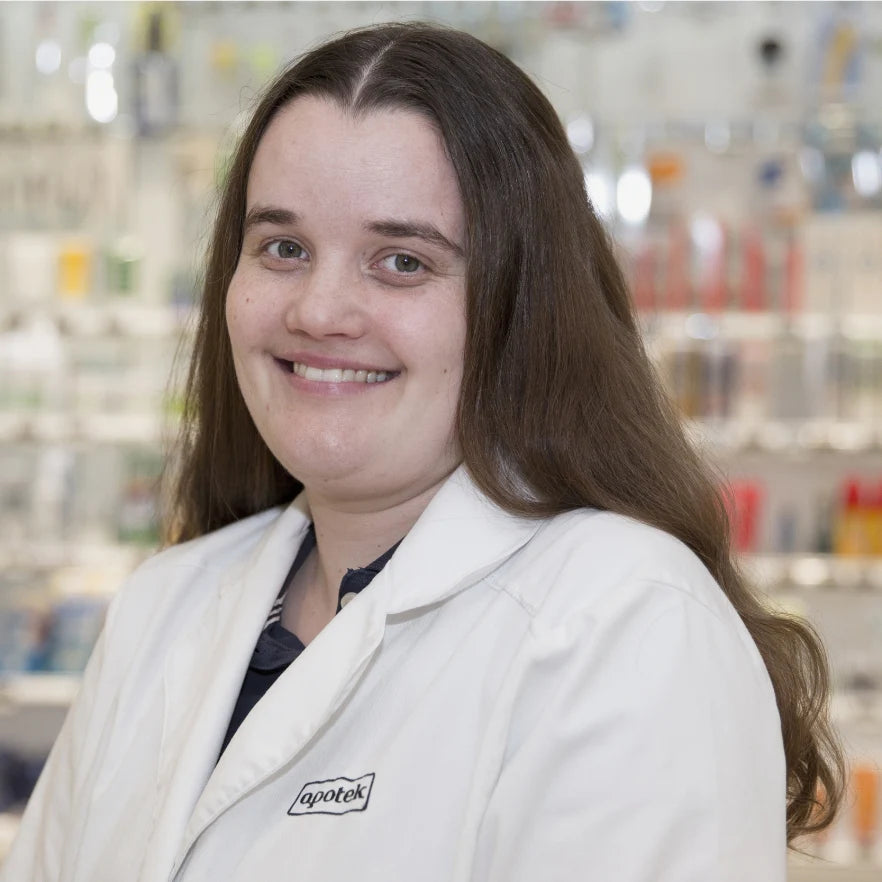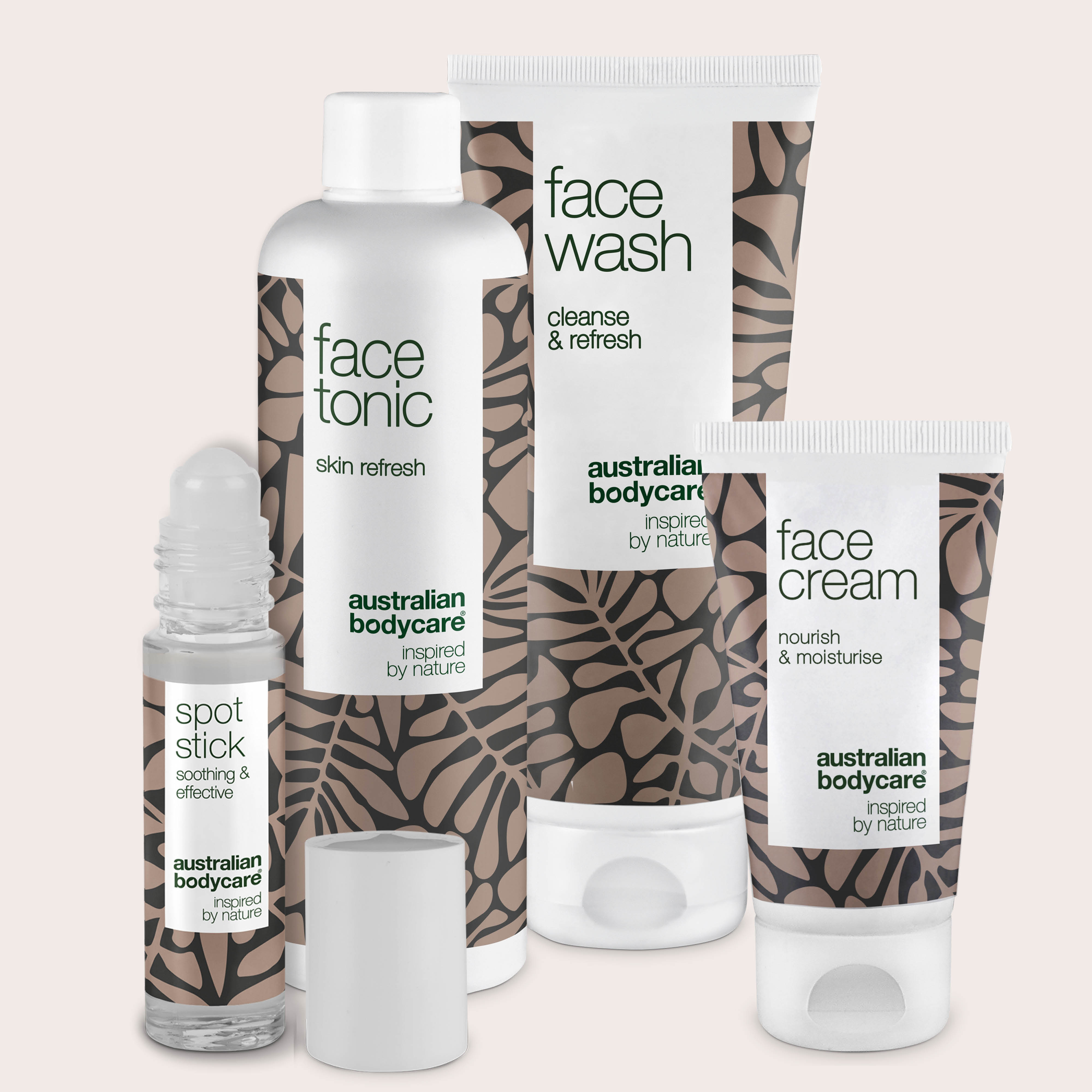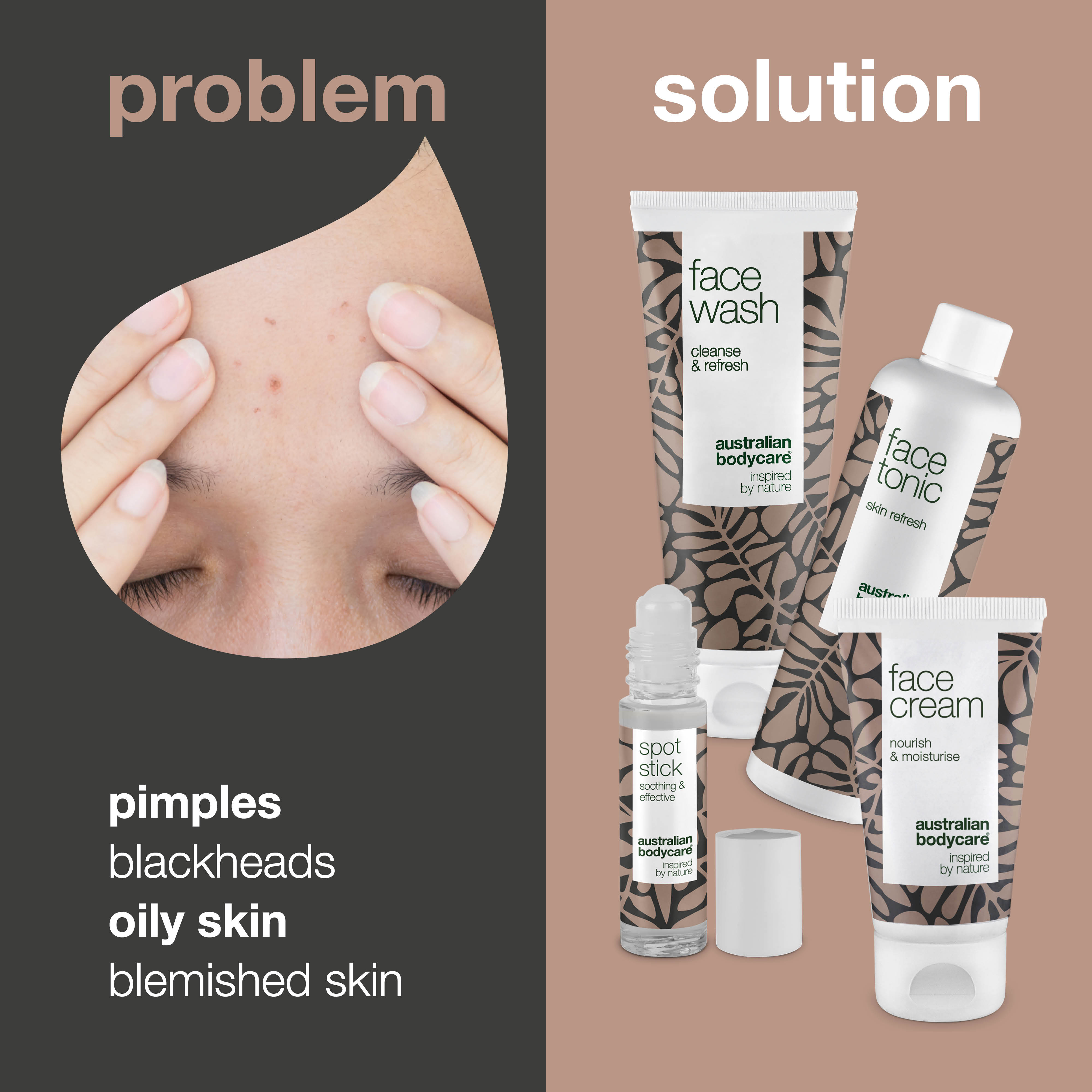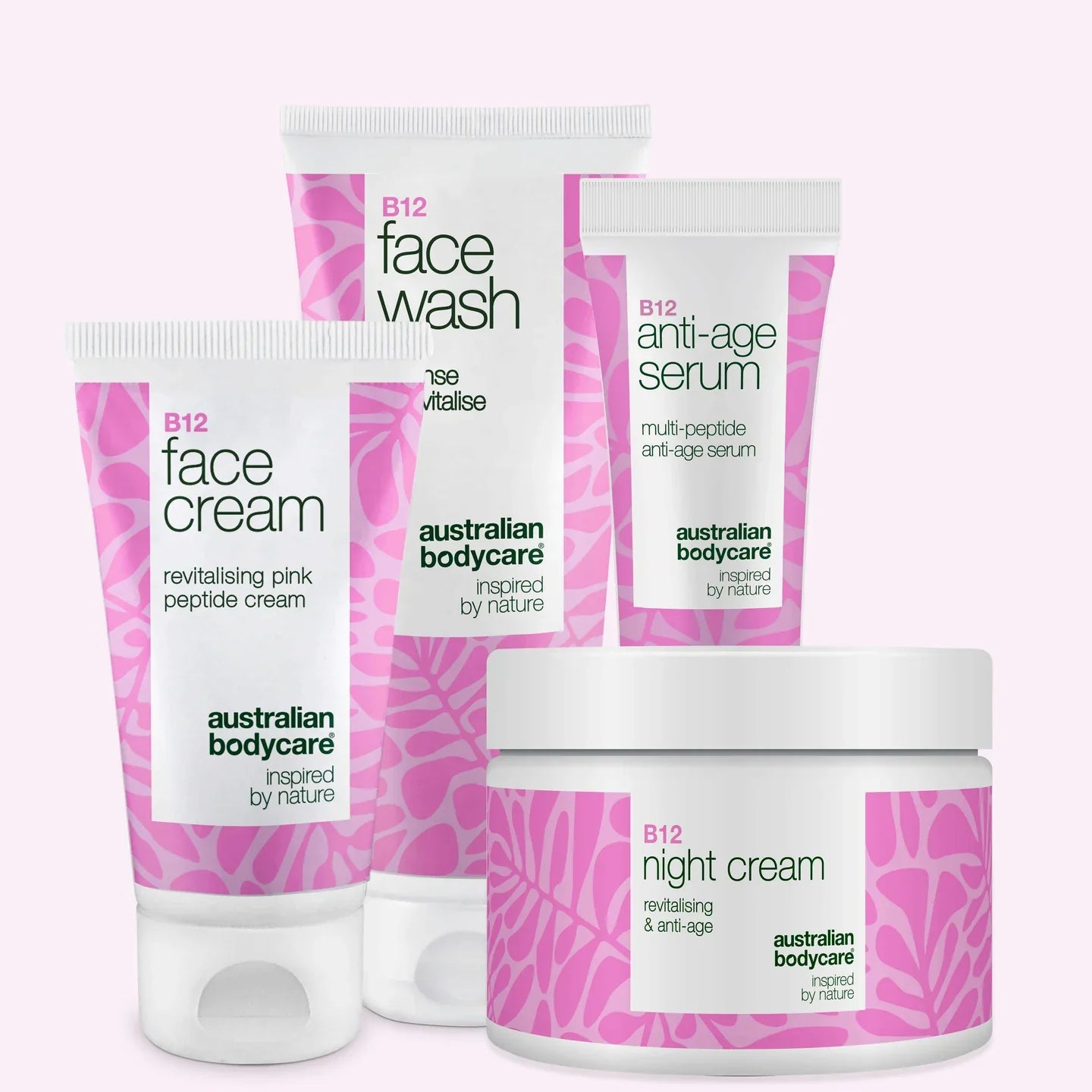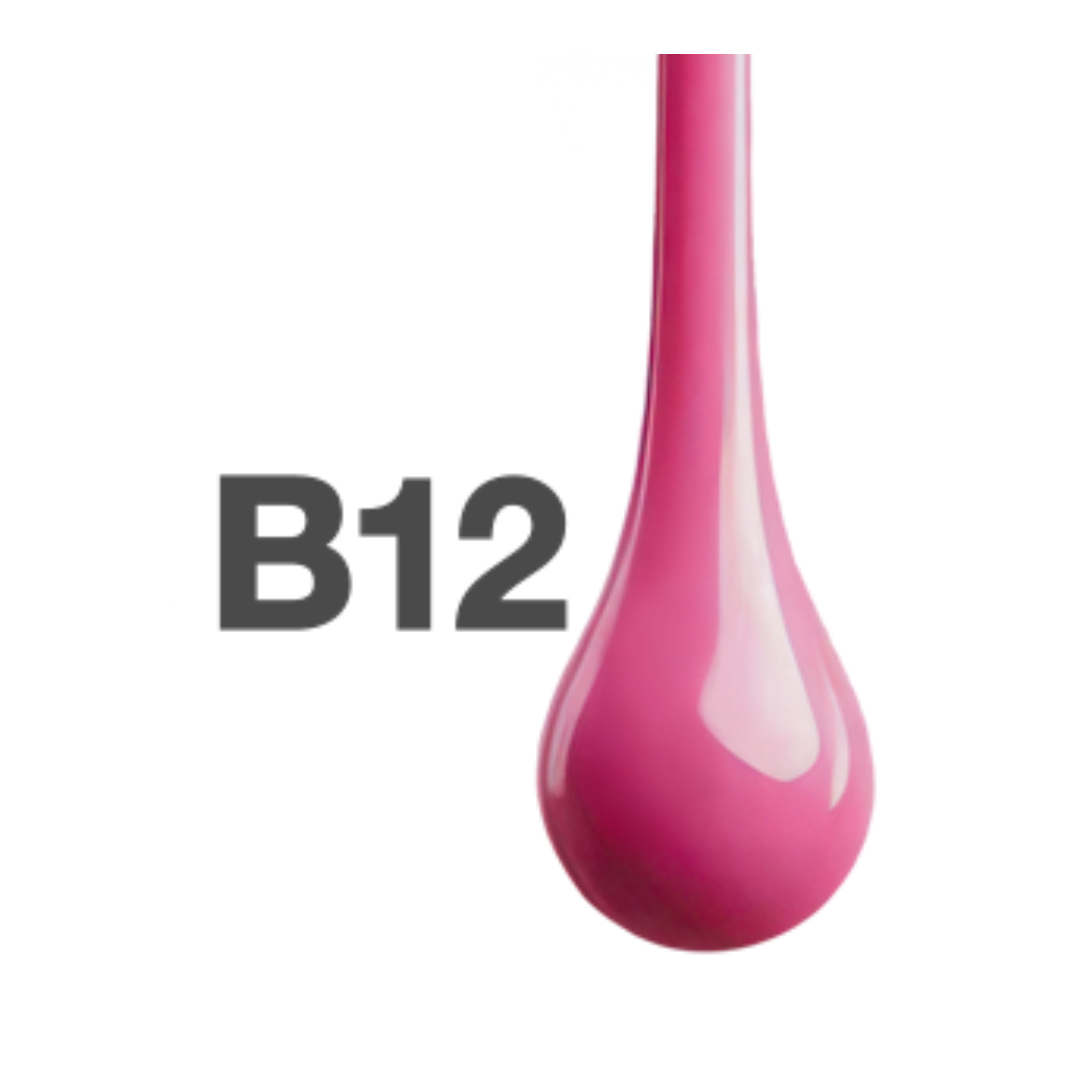How to get rid of spots on the nose – The ultimate guide
Most of us have tried to get rid of an annoying spot on our nose. Spots have a nasty habit of showing up at the most unfortunate times. Spots on your nose are perfectly normal, and luckily, they can easily be treated so you don't have to worry about them. Below we explain why they occur, how best to treat and avoid them.
Table of contents
What are spots on the nose?
Spots on the nose are just like spots everywhere else on the body, an inflammation of the skin. They are caused by a bacterium called Propionebacterium acnes that feeds on sebum and causes the inflammation. Spots on the nose are red swellings in the skin with underlying yellow pus, indicating that the skin is inflamed.
The medical term for spots is acne, but it can be a little misleading. A few spots on the nose does not necessarily have to be acne, however, it is usually diagnosed as such if you have more than 10-40 spots. Spots on the nose are also often associated with small black blackheads called cometones. Blackheads are small black dots in the skin, and can often be precursors to actual spots.
Often, spots on the nose can be confused with another skin disease called perioral dermatitis. This skin disease can look like small spots on and around the nose and mouth. But it is instead an separate disease that requires a different kind of treatment by the doctor.
What is the difference between spots in the nose and on the outside the nose?
Spots on the outside of the nose appear as a red inflamed swelling on the outside skin. You can also get spots inside your nose. Here it is harder to see, but the spot will often rise just within the entrance to the nose. Often, a spot on the inside of the nose is more painful than those on the outside, and the nose can feel distorted because these ‘inside’ spots feel like they are pulling the internal skin of the nose.
Why do you get spots on your nose?
Like many other people, you have probably experienced a red spot right in the middle of your nose just before a special event. Spots seem to come at the most inconvenient times. But what are the reasons why they even occur?
Sebum is more likely to become trapped in certain parts of the face
The forehead, nose and chin make up the so-called T-zone on the face. That zone is much oilier than the rest of the face. This zone has larger pores and a higher frequency of sebaceous glands, which maybe the reason why spots on the nose are a widespread problem for many.
The skin has many sebaceous glands, they are there to ensure that the skin is kept healthy and moisturised so that it does not dry out. In the T-zone, the sebaceous glands are often even more pronounced, and a spot may appear on your nose if the sebaceous glands become blocked with sebum. If the sebum cannot escape quickly enough through the exit ducts of the sebaceous glands along the downy hairs that you have on your face, it accumulates in the gland. This build up ultimately results in a spot.
The sebaceous gland becomes irritated and infected with bacteria, and it is this that causes the inflammation and spots on the nose.
Hormones in imbalance
We all have hormones. They are chemical used by the body to send messages around the body via the blood. In this way, they control the body's functions.
However, the natural hormonal balance can be disrupted, this shows up as spots on the nose and elsewhere on the body. Hormones and spots are therefore inextricably linked. When hormone changes occur in your body, such as during menstruation, pregnancy or stress, it can affect your sebum production and give you spots on your nose or elsewhere.
Foods can affect hormones
Even if you don't get spots on your nose from eating a few chips or a piece of cake, large amounts of sugar and fatty foods can affect blood sugar levels in some people. When blood sugar levels increase, this affects the production of hormones, and in turn causes sebum production to increase beyond the skin’s capacity to release it, causing spots.
Milk, in particular can play a role in affecting your hormonal balance. If you drink 1 litre of milk or more a day, it can irritate your skin. The reason for this is that cow's milk contains natural hormones which are not dangerous but can create an imbalance in your own hormones and eventually lead to spots.
Hairs and nasal spots
If you get spots on the inside of your nose, these are often caused by hair. Your nose contains hairs to help filter the air, if a hair grows in the crookedly or becomes ingrown, it can irritate the skin and form a sore, inflamed spot.
Rhinitis is another reason why you can get spots inside your nose. Our fingers carry lots of bacteria, and if you put your finger up your nose, you transfer the bacteria – and this can cause a spot to develop in your nose.
Who gets spots on their noses?
Spots on the nose can affect anyone – old and young. Most people have probably developed a spot on their nose just at the wrong time. There's nothing abnormal about that. However, it is often young people who are affected most by spots on the nose.
Why are young people more likely to get spots on their noses?
Spots on the nose and in the rest of the face and body most often affect young people during puberty. During these years, sex hormones increase in both sexes, and this causes the production of sebum to increase.
The increased amount of sebum makes the skin oily, and it becomes harder for the sebaceous glands to exude the excess sebum – it starts to accumulate in the gland causing spots. As many as 80% of all adolescents in their teens at some point have problems with spots. Spots are a common problem for the vast majority during the puberty years.
Why do adults get Spots?
It's not just teenagers who can get spots on their noses. It also affects adults of all ages. But women are more likely to be affected as adults. An estimated 5% of adult women still have problems with spots, while for men it only about 1%.
As spots are often hormonal, this is probably the reason why more women are affected as adults. The body secretes several hormones during menstruation, and there are major hormonal changes during pregnancy.
Symptoms of spots on the nose
The spots are easy to recognize, showing up as a red swelling on the skin surrounding a core of yellowish pus, which is the cause of the inflammation.
Spots can be very different. Some are superficial on or close to the surface, while others form deep in the skin. A spot on the nose may appear as a thickened mass under the skin, often accompanied by tenderness – especially if you touch your nose.
How to get rid of spots on the nose
Spots on the nose are an irritating skin condition that most people would like to deal with as quickly as possible. The nose is a very prominent feature of the face and therefore it is important to start the right treatment. Fortunately, you can treat spots effectively yourself, but you need to be aware that it requires patience and persistence.
Skin care for the treatment of spots
The best way you can treat spots on your nose and face is with good skin care products. Many products promise more than they deliver. And that's why it's important to look around for the right products that will not just make the problem worse.
Australian Bodycare, for example, has developed a Face range specifically for the treatment of congested skin and spots. The range provides a complete treatment regime for spots with four products; Face Wash, Face Tonic, Face Cream and Spot Stick to put an end to spots. They all contain natural Australian Tea Tree Oil, known for its antibacterial properties. The products counteract bacteria by placing a thin, protective membrane over the skin, preventing the bacteria from entering pores or glands and forming spots.
Face Wash Formulated to wash your face free of grease, dirt and pollution. It cleanses gently but effectively – without drying the skin. Face Tonic ensures that pores are deep cleansed leaving no dirt or bacteria to obstruct the normal working of the pores. Gently moisturise your face with Face Cream. This will hydrate, nourish and soften the skin, restore the skin's natural balance and leave a protective layer over the skin. For most effective treatment and prevention of spots these products should be used morning and evening.
If you have a sore spot on your nose, The Spot Stick is your first defense. Use to supplement the other products when you feel a spot starting to develop. It quickly soothes and calms irritated and inflamed skin.
Cream or oral cures for the treatment of spots
If your problem with spots on your nose or face is more pronounced than a few pimples here and there, it may require further treatment. If you are badly affected by spots, there are stronger treatments available.
If this is the case, it is important that you seek advice from your doctor, who can refer you to specialists. A dermatologist can prescribe prescription drugs such as pills or stronger creams that can alleviate the problem.
How to prevent spots on your nose?
To avoid spots on your nose and on the rest of your face, the right prevention is required:
- Be sure to maintain the good skin care with the right products for your skin. Cleanse the skin morning and evening to free it from grease, dirt and pollution.
- Stay away from heavy oily makeup products. If you are prone to spots on your nose, you may wish to cover them with a suitable makeup - go for water-based products rather than oil-based products.
- Eat a healthy and varied diet. A healthy diet leads to healthier skin. It is a good idea to consume vitamin and mineral rich products. For example, nuts or coarse vegetables.
- Change your pillowcase regularly. Over time your pillowcase becomes covered in bacteria and during the night the bacteria transfer back to the skin on your face. To prevent this be sure to change your pillowcase regularly so that your skin is not lying on a bacteria covered pillow.
